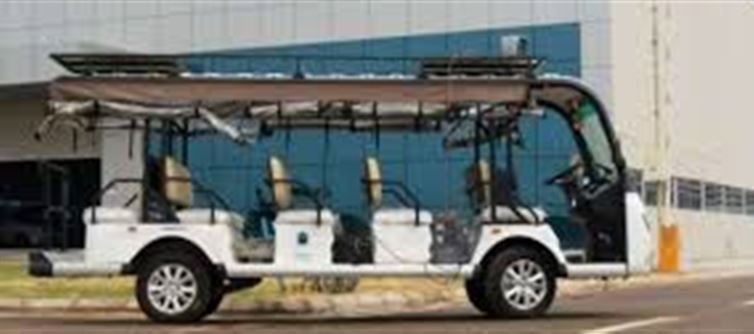
IIT hyderabad has introduced India's first AI-powered driverless electric buses. These autonomous shuttles have been developed by the technology Innovation Hub on Autonomous Navigation (TiHAN). It is being considered a major achievement of the country towards smart and sustainable transportation. The team led by professor P. Rajalakshmi has so far transported more than 10,000 passengers and achieved a satisfaction rate of about 90%.
How do these buses work?
Driverless shuttles are currently available in two variants, 6-seater and 14-seater electric models. They have state-of-the-art features like Autonomous Emergency Braking (AEB) which immediately brakes by recognizing sudden obstacles. Adaptive Cruise Control (ACC) which adjusts the speed according to the traffic while maintaining a safe distance.
These buses can run on complex routes without a driver and ensure safe travel by identifying real-time obstacles. The special thing is that this technology has achieved technology Readiness Level 9 (TRL-9) which shows that it is fully effective in real conditions on indian roads.
Why is it so special?
IIT Hyderabad's TiHAN project is not limited to technology only. It is working towards giving a new dimension to India's future mobility sector. TiHAN has built India's first autonomous navigation testbed where driverless technology is tested in indian road conditions. This facility gives an opportunity to industry and researchers to collaborate so that they can develop safe and reliable autonomous vehicles.
Initiative to prepare next generation experts
TiHAN is not only focusing on technology development, but is also running special programs related to AI and machine learning. Its aim is to train the new generation in emerging technologies so that india can be made the global leader of autonomous mobility in future.




 click and follow Indiaherald WhatsApp channel
click and follow Indiaherald WhatsApp channel